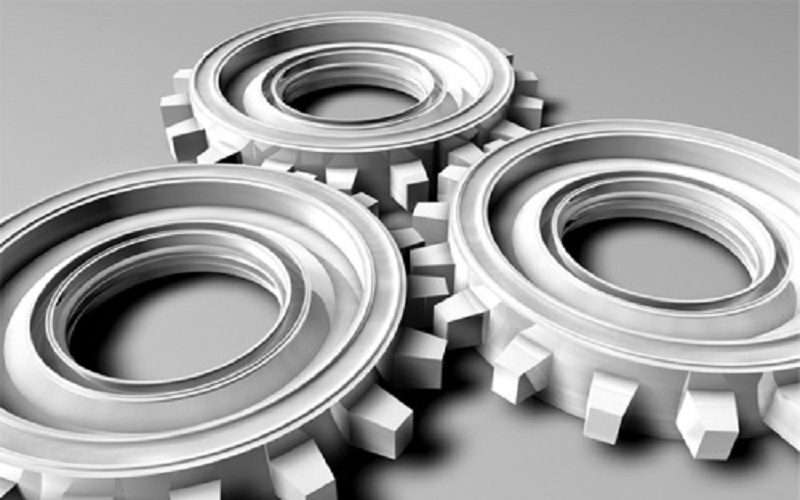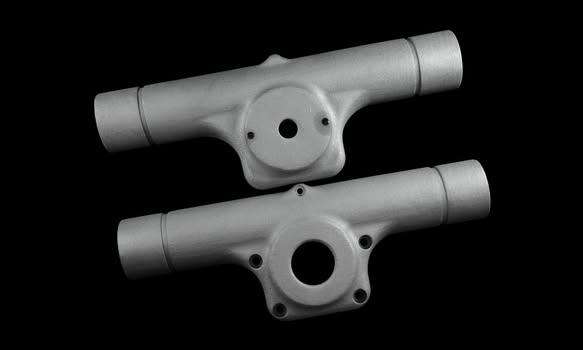In the world of manufacturing, the chase of strength and toughness has led to the progress of ground-breaking materials which could survive the rigors of today’s industry. Among these, alloy and steel castings have arisen as a game-changer, providing an exclusive mixture of strength, durability, and adaptability. By mixing the advantages of various metals, alloy and steel castings make a material that is quite than the sum of its parts. With their extraordinary strength-to-weight ratio, high struggle to corrosion and fatigue, and ability to withstand life-threatening temperatures, these constituents are transforming industries such as aerospace, automotive, and building. In this blog post, we’ll get into the world of alloy steel castings, discovering the advantages of unity in metal, and probing the methods where such materials are solving new possibilities for manufacturers and engineers alike.
What are Alloy and Steel Castings?
As we enter to the area of metalworking, it’s important to know the basis of our information that is alloy and steel castings. Both the terms are normally applied as same, nonetheless they essentially are known to separate procedures that make exclusive materials with extraordinary properties.
Alloy castings, in specific, are a mix of many elements, characteristically such as metals, to make a material that claims improved power, erosion struggle, and toughness. This procedure lets for the makings of alloys with detailed properties, like high-temperature fight, higher-strength proportion, and augmented robustness. By compounding dissimilar elements, alloy castings could be made to meet the difficulties of exact apps, creating it as an attractive selection for industries that need precision and functionality.
Steel castings, alternatively, are made from pure iron and carbon, with the adding of less number of different elements to boost their properties. Steel castings are called for their resourcefulness, power, and cheapness, making them a staple in many industries, including agriculture, mining, aerospace etc. The addition of elements such as chromium, nickel, and molybdenum can improve the corrosion, tensile strength, and weldability of steel castings.
Both alloy and steel castings offer unmatched benefits. Let’s check them below
With regard to every facet of contemporary life, we are reliant on casts. Not only would there be no automobiles, aeroplanes, or wind turbines if castings did not exist, but there would also be no pumps and valves, as well as many other household products, and that’s without even taking into account art castings. A complicated object may be created in a single piece via the process of casting, which often eliminates the need for machining, assembling, and fabrication procedures. Thus casting is important.
Steel casting has a number of advantages:
There are a number of important benefits that alloy castings may provide, including design freedom, metallurgical diversity, and a wide variety of thicknesses and dimensions. It is because of their adaptability that the designers are able to choose any form and size that they wish. Forming and modifying the shape of components is a very straightforward process that can be completed in a short amount of time. Furthermore, compared to other types of cast metal, steel castings are capable of achieving a greater variety of physical and mechanical qualities. In order to get excellent walkability and workability all that is required of this casting is to make some adjustments to the carbon and alloy composition, along with making some adjustments to the heat treatment.
Alloy casting has a number of advantages:
A vast variety of qualities may be possessed by alloy castings, which are characterized by their high degree of versatility. Near-net-shape components that have a regulated surface polish, dimensional precision, and complicated geometries are all within their capabilities to manufacture. However, as compared to other cast alloys, alloy castings are capable of withstanding the greatest temperatures that are encountered during operation. Castings like these have exceptional resistance to corrosion, thermal and electrical conductivity, electromagnetic interference (EMI) and radio frequency interference (RFI) shielding qualities, and they are completely recyclable.
Final words
As we near the conclusion of our journey into the world of alloy steel castings, it is clear that accuracy has been the driving force behind their success. As the leading alloy steel castings manufacturer India, they stand apart from the rest due to its unwavering commitment to precision and quality.

As the editor of the blog, She curate insightful content that sparks curiosity and fosters learning. With a passion for storytelling and a keen eye for detail, she strive to bring diverse perspectives and engaging narratives to readers, ensuring every piece informs, inspires, and enriches.










